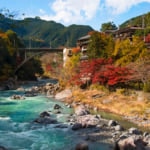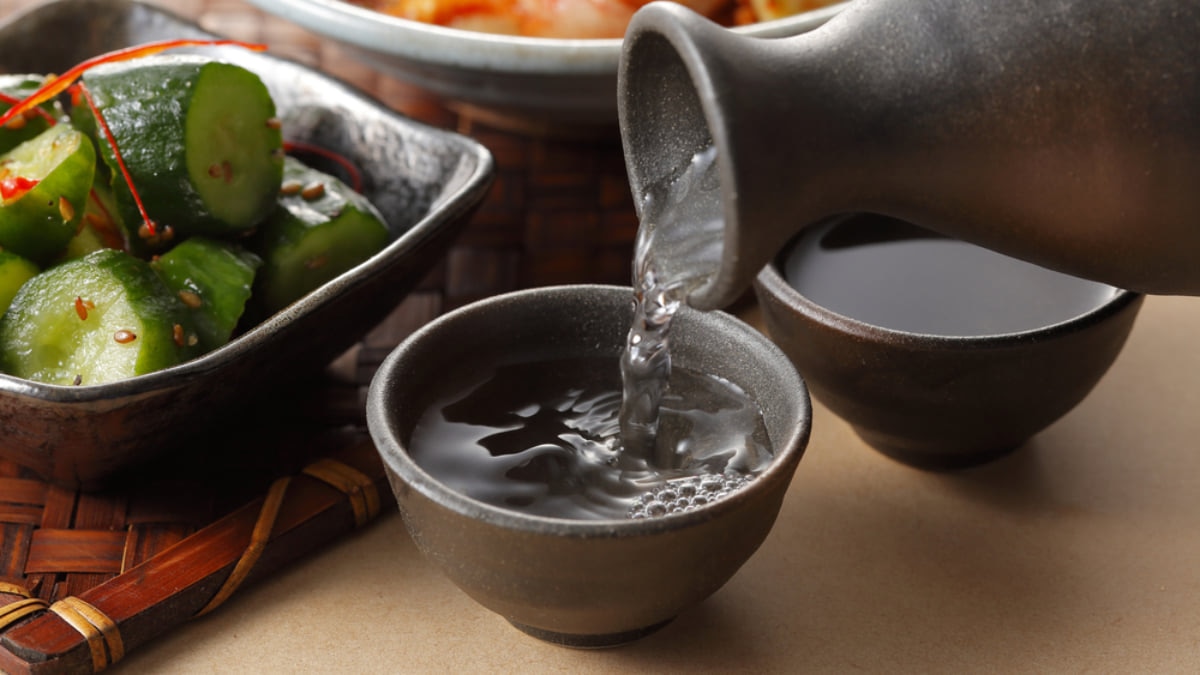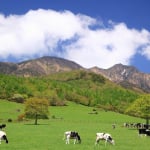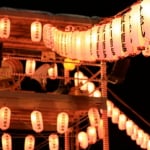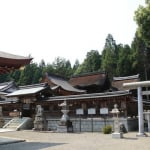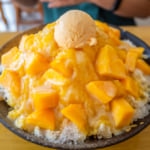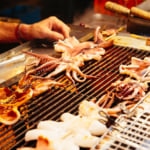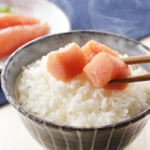table of contents
[x] close
The Best Types of Japanese Alcohol You Need to Try
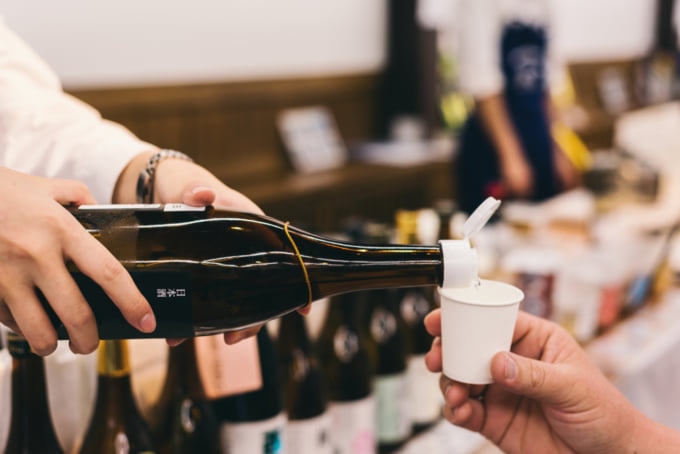
Photo by GillianVann/Shutterstock
If you’re new to traditional Japanese alcohol, a great place to start is with Japanese sake, or nihonshu as it’s known in Japan. While many refer to it as sake outside the country, in Japan, the term sake encompasses all alcoholic beverages. Nihonshu specifically translates to "Japanese alcohol."
With hundreds of brands spread across nearly every region of Japan, each one has its unique flavor profile that can vary from year to year. There are also various styles and types of nihonshu, and while it could fill an entire book (and indeed, many have been written), here’s a brief overview to get you started.
Types of Sake (Nihonshu)
Nihonshu is categorized based on rice-polishing ratios, as the outer layers of rice contain more impurities. Futsushu is a non-premium sake that is less polished, while daiginjo represents the highest level of polishing and is typically more expensive. In between, you’ll find ginjo, which is polished slightly less than daiginjo. You may also come across terms like junmai and honjozo: junmai refers to sake made purely from rice with no added alcohol, whereas honjozo has a small amount of distilled alcohol added to it. Understanding these categories can help you navigate the diverse world of nihonshu!
Often more crucial than the categories are the flavor profiles of each nihonshu type. They can generally be divided into two main categories: dry and sweet, much like white wine. In fact, some nihonshu variants can resemble their Western counterparts, especially those on the sweeter side. If you’re completely new to nihonshu, it’s often recommended to start with a sweeter option for a more approachable experience!
Koshu
While nihonshu is typically enjoyed young, within a year or two of production, Japanese brewers have recently revived the tradition of aging sake. Known as koshu, this aged rice wine is stored under specific conditions for several years. The flavors can vary significantly between brewers and their methods, making koshu a great choice for those looking to explore beyond regular nihonshu and experience a more robust flavor of Japanese alcohol.
Shochu
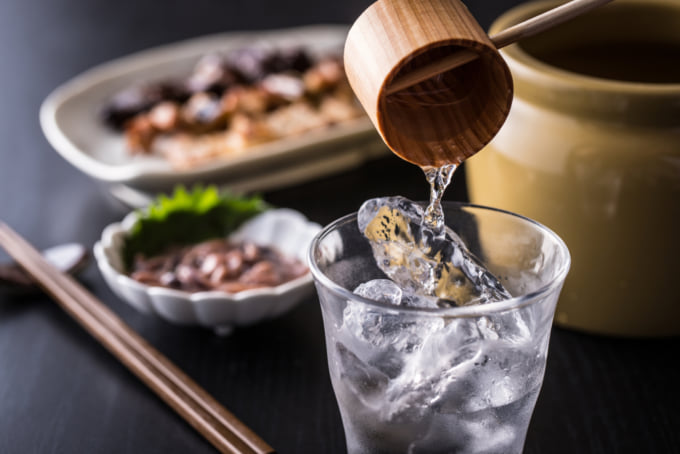
Photo by jazz3311/Shutterstock
While nihonshu is fermented in a manner somewhat similar to wine, shochu is a distilled spirit, much like vodka or whisky. It can be crafted from a variety of ingredients—beyond rice, you’ll also find shochu made from sweet potatoes, barley, buckwheat, and sugar cane, resulting in a wide range of flavors.
If you’re trying shochu for the first time, it’s a good idea to start by mixing it with soda or water before sipping it straight. You’ll often see it served in cocktails, such as highballs or "lemon sours," which combine lemon juice, soda, and shochu for a refreshing drink!
Awamori
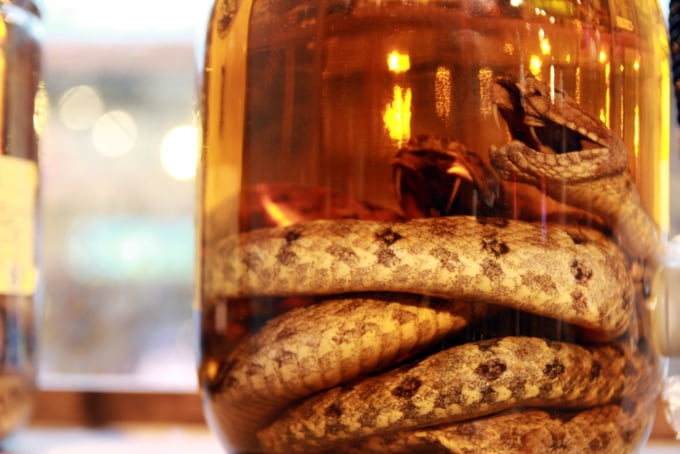
Photo by impromptuwitz/Shutterstock
Awamori, Okinawa’s signature spirit, is quite similar in taste to shochu but is made from long-grain rice. Typically, it has a higher alcohol content, usually ranging from 30% to 40%. Awamori is often aged in clay pots, which adds depth to its flavor. The more matured versions of this drink are referred to as "kosu," echoing the term koshu used for aged sake.
For the adventurous traveler in Okinawa, there’s also "habushu," a distinctive beverage made by steeping the local pit viper, known as habu, in awamori. Whether it’s a delight to your palate or not is up for debate, but it certainly offers a one-of-a-kind tasting experience!
Umeshu
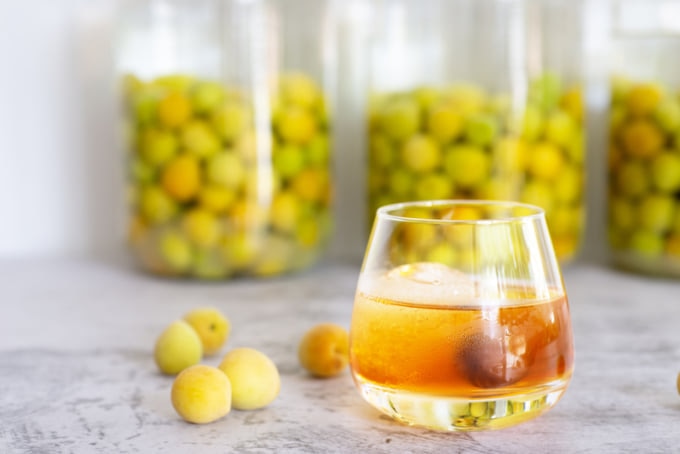
Photo by P-fotography/Shutterstock
If you prefer something on the sweeter side, Umeshu might be just what you're looking for. This delightful drink is made by steeping Japanese plums in shochu and adding a generous amount of sugar, resulting in a refreshing sweet-and-sour flavor. For a citrus twist, try Yuzushu, which is crafted from the native yuzu fruit. Its flavor is reminiscent of a cross between lemon and orange, making it equally delicious and sweet.
Another fruity option is Momoshu, brewed with Japanese peaches or peach juice. And let’s not forget about Chuhai! This popular drink, short for shochu highball, comes in various flavors, usually combining fruit juice with soda and shochu. They’re all delicious and incredibly easy to enjoy, perfect for those seeking a lighter, sweeter taste of Japanese alcohol!
Japanese Whiskey
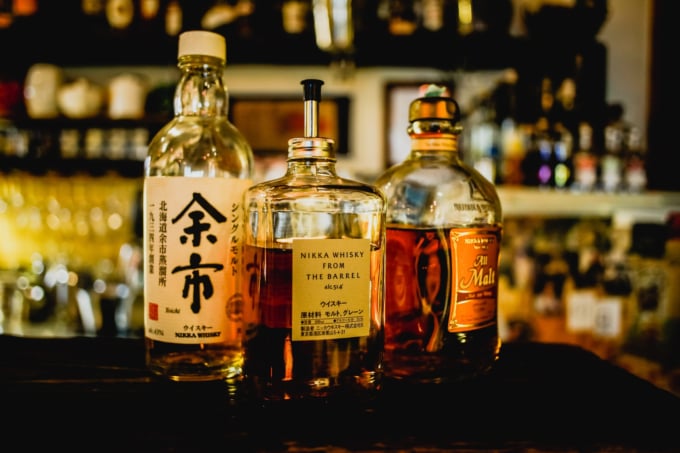
Photo by www.maxpixels.net
In the last decade, Japanese whiskey has become a global sensation, with renowned distilleries like Nikka and Suntory boasting around a century of craftsmanship. While the flavors often resemble those of Scotch whisky, they tend to have a slightly sweeter profile compared to their Scottish counterparts. However, the soaring popularity has driven prices for sought-after bottles through the roof, making age-statement options like Hibiki 17 and Yamazaki 12 both hard to find and quite pricey, even in Japan.
For whiskey enthusiasts, a visit to Suntory's Hakushu distillery is a must. Located just a couple of hours' drive from Tokyo, it sits in a serene forest at the base of the Minami Alps. Here, you can take a guided tour of the facilities and enjoy sampling rare Japanese whiskeys at surprisingly reasonable prices in their on-site bar. It’s a fantastic experience for anyone looking to explore the world of Japanese whiskey!
Japanese Wine
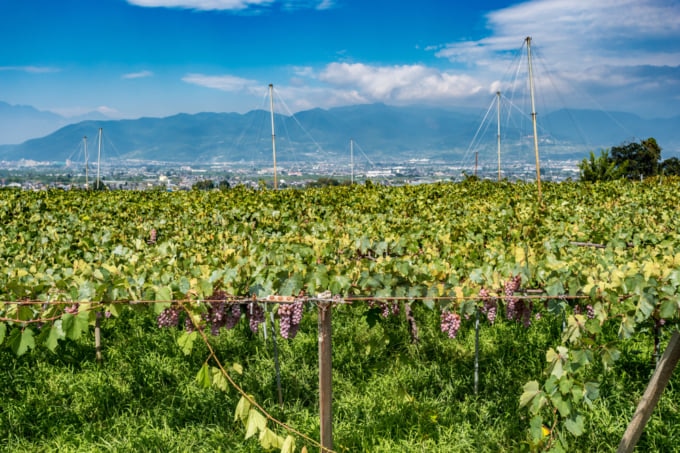
Photo by takeph/Shutterstock
A couple of hours’ drive west of Tokyo, Yamanashi Prefecture is celebrated for its delicious fruits and is also known as Japan's wine region, with the Kofu basin being the birthplace of Japanese winemaking. This area is famous for its Koshu grape, a native variety used to create white wines, along with Muscat Bailey-A, another local grape that produces red wines. While Japanese wine hasn't experienced the same surge in popularity as Japanese whiskey, Yamanashi boasts a long history of winemaking, and you'll find some surprisingly good vineyards in this picturesque region.


